Delhi, the capital of India and home to over 20 million people, continues to grapple with its notorious air quality crisis. A recent mid-year assessment by the Centre for Research on Energy and Clean Air (CREA) has revealed sobering data: from January to June 2025, Delhi recorded 29 days of ‘very poor’ air quality and only three days that met the ‘good’ category. Despite proactive steps like banning end-of-life vehicles, the report underscores a critical gap — pollution sources beyond just traffic are driving year-round deterioration in air quality.
This blog dives into what the CREA report reveals, evaluates Delhi’s policy responses like the end-of-life vehicle (ELV) ban, and explores what truly needs to be done to protect the lungs of India’s most vulnerable citizens.
The Data: How Polluted Is Delhi in 2025?
According to CREA’s mid-year report:
- Delhi was the second most polluted Indian city in the first half of 2025.
- It experienced only three days of ‘good’ air quality, based on PM2.5 levels.
- The city continues to see a seasonal spike in pollution but now suffers from elevated base levels of pollution year-round.
These figures point to a persistent and systemic air pollution issue, one that extends far beyond episodic events like Diwali or stubble burning.
ELV Ban: Is It Working?
Delhi has implemented a strict vehicle scrappage policy, banning petrol vehicles older than 15 years and diesel vehicles older than 10 years. This aims to eliminate highly polluting older automobiles from city roads.
Pros of the ELV ban:
- Reduces emissions from outdated internal combustion engines.
- Encourages the adoption of newer, cleaner vehicles.
- Supports the electric vehicle push under Delhi’s EV policy.
Limitations:
- The ELV policy alone cannot offset emissions from other sources.
- Enforcement remains patchy, especially in informal transit segments.
- It targets a limited segment of vehicles, missing industrial trucks, construction equipment, and even generators.
The Other Culprits: Year-Round Emission Sources
CREA’s report highlights that the focus on vehicular emissions alone is too narrow. The broader pollution ecosystem includes:
- Construction Dust: One of the top sources of PM10 and PM2.5 emissions in Delhi. Enforcement of dust control norms remains weak.
- Waste Burning: Open garbage burning continues across Delhi’s fringes despite being illegal. This adds to black carbon and PM2.5 concentrations.
- Biomass and Domestic Fuels: Low-income households still rely on wood, coal, and kerosene, particularly in peri-urban areas.
- Industrial Pollution: Unauthorized factories and brick kilns operate in and around Delhi, especially in Ghaziabad and Faridabad, contributing heavily to emissions.
- Diesel Generators: Due to erratic power supply in some localities, DG sets are used for backup, adding to local pollution hotspots.
- Transboundary Pollution: Emissions from Punjab, Haryana, and Uttar Pradesh drift into Delhi during specific seasons.
What Delhi Needs: A Multi-Sectoral, Science-Backed Response
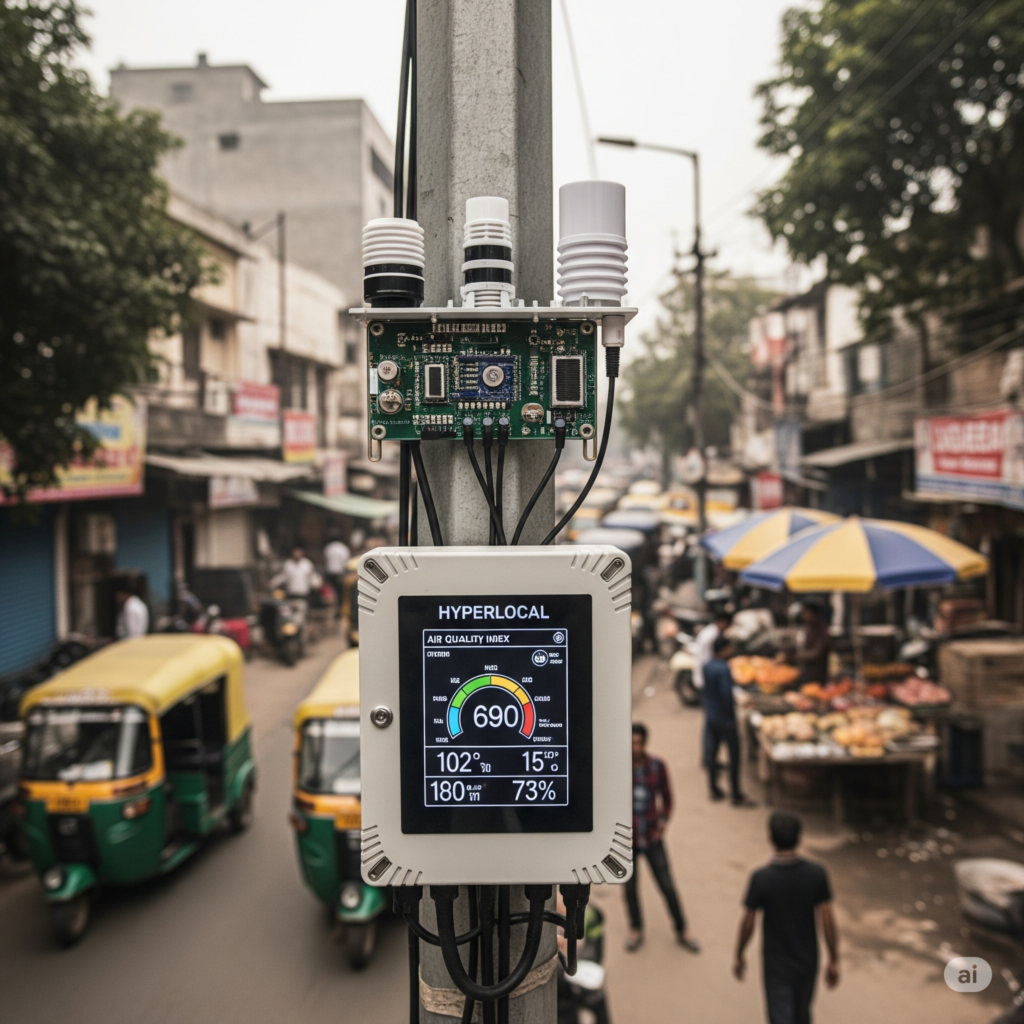
To truly improve air quality, Delhi must adopt a multi-pronged strategy that targets all major pollution sources:
1. Decarbonize Urban Transport
- Push for more public transport and rapid electrification of buses and autorickshaws.
- Incentivize walking and cycling infrastructure.
2. Strict Construction and Demolition (C&D) Regulation
- Enforce real-time monitoring of large construction sites.
- Mandate use of dust barriers, sprinklers, and green netting.
3. Control Industrial Emissions
- Relocate illegal factories out of residential areas.
- Use AI-based compliance checks and satellite data to identify hotspots.
4. Manage Waste Scientifically
- Scale up municipal composting and biomethanation.
- Deploy community incinerators and phase out landfills.
5. Strengthen Citizen Monitoring and Early Warning Systems
- Improve public access to hyperlocal air quality data.
- Expand air pollution awareness campaigns in schools and workplaces.
Lessons from Other Cities
Beijing:
- Adopted a ‘regional pollution control zone’ approach with surrounding provinces.
- Shut down coal plants and restricted high-emission vehicles.
London:
- Introduced Ultra-Low Emission Zones (ULEZ) with a congestion charge.
- Heavily promoted retrofitting of old diesel buses.
Tokyo:
- Enforced strict building energy efficiency norms.
- Incentivized electric and hybrid cars with subsidies.
Delhi can adapt elements of these strategies while tailoring them to local needs, particularly involving low-income communities in decision-making.
Conclusion
Delhi’s air crisis is not just seasonal or vehicular — it’s systemic. While banning old vehicles is an important step, it must be part of a larger, coordinated war on pollution that involves local governance, central regulation, and citizen action. The mid-year CREA report is a wake-up call — if ignored, Delhi risks locking itself into a pattern of chronic, irreversible environmental degradation.
To breathe easier tomorrow, Delhi must act smarter today — with data, discipline, and decentralization.
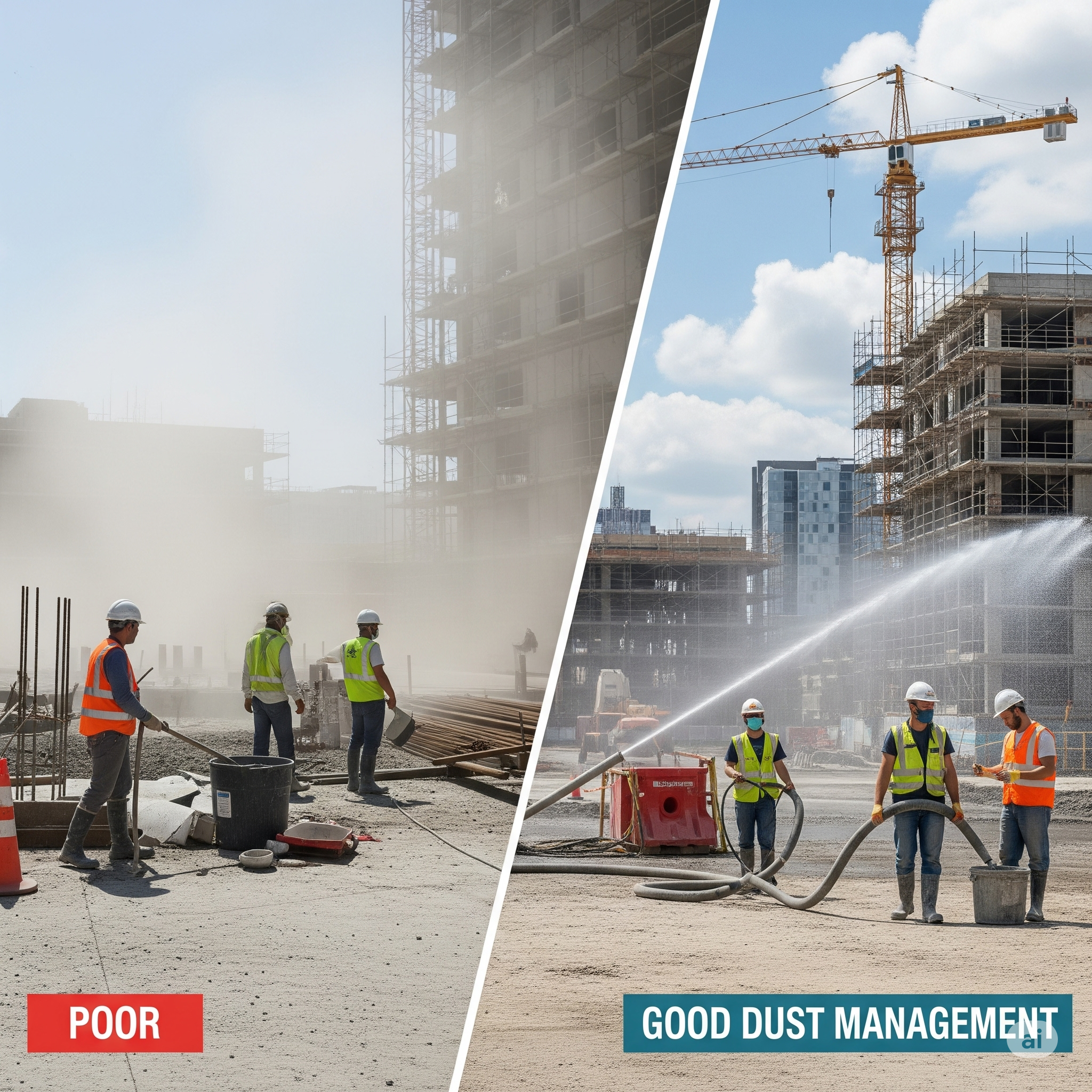
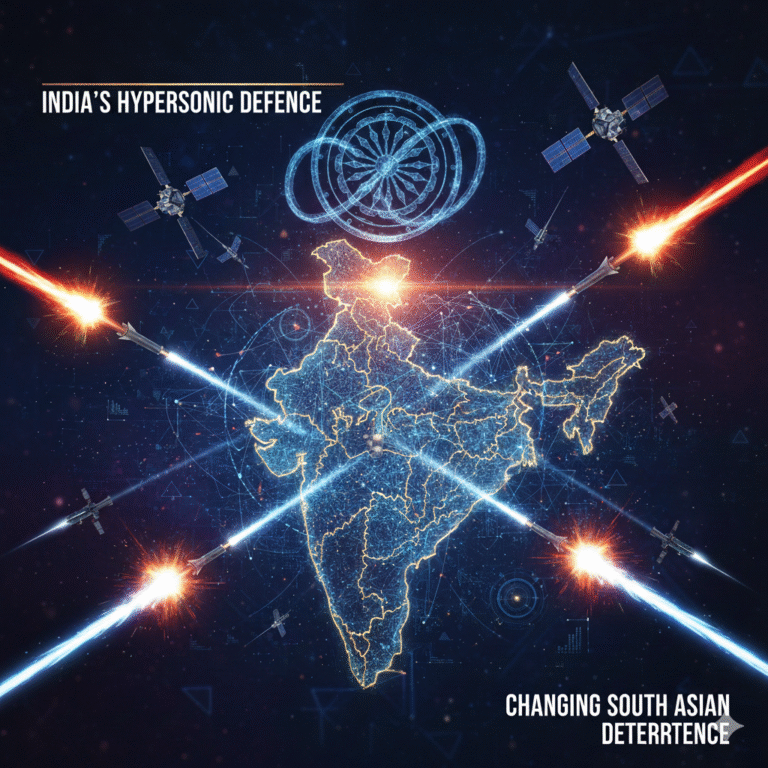





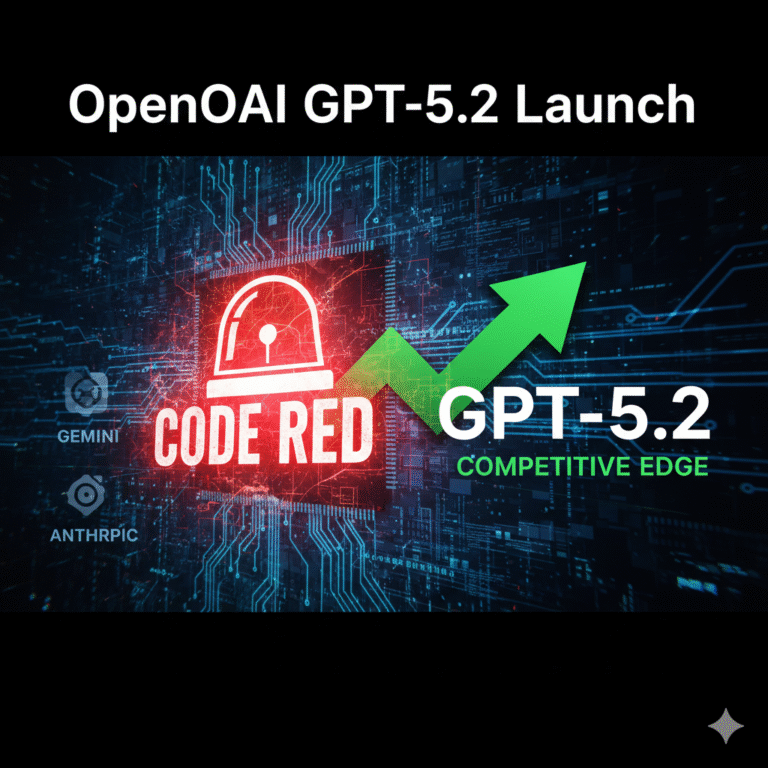
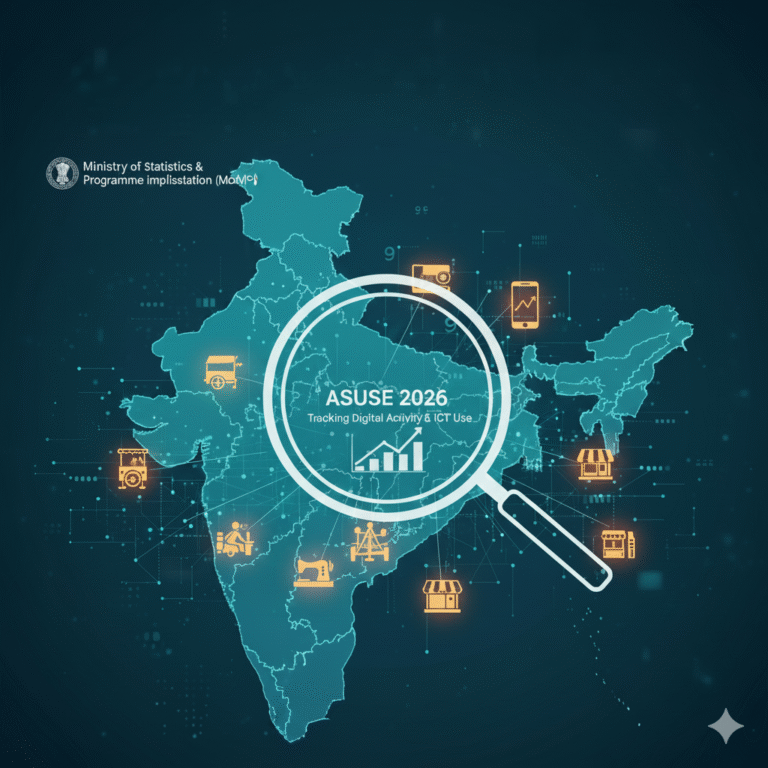
+ There are no comments
Add yours